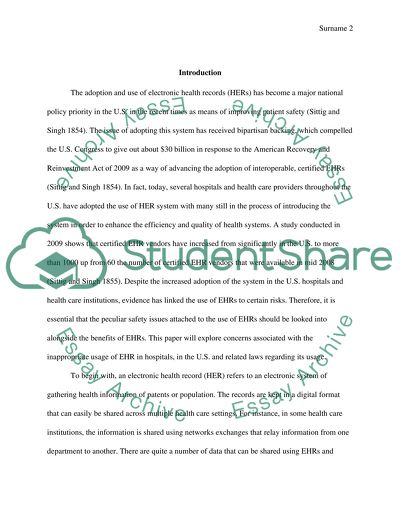Cite this document
(“Inappropriate usage of Electronic Health Records Essay”, n.d.)
Inappropriate usage of Electronic Health Records Essay. Retrieved from https://studentshare.org/health-sciences-medicine/1469518-inappropriate-usage-of-electronic-health-records
Inappropriate usage of Electronic Health Records Essay. Retrieved from https://studentshare.org/health-sciences-medicine/1469518-inappropriate-usage-of-electronic-health-records
(Inappropriate Usage of Electronic Health Records Essay)
Inappropriate Usage of Electronic Health Records Essay. https://studentshare.org/health-sciences-medicine/1469518-inappropriate-usage-of-electronic-health-records.
Inappropriate Usage of Electronic Health Records Essay. https://studentshare.org/health-sciences-medicine/1469518-inappropriate-usage-of-electronic-health-records.
“Inappropriate Usage of Electronic Health Records Essay”, n.d. https://studentshare.org/health-sciences-medicine/1469518-inappropriate-usage-of-electronic-health-records.


